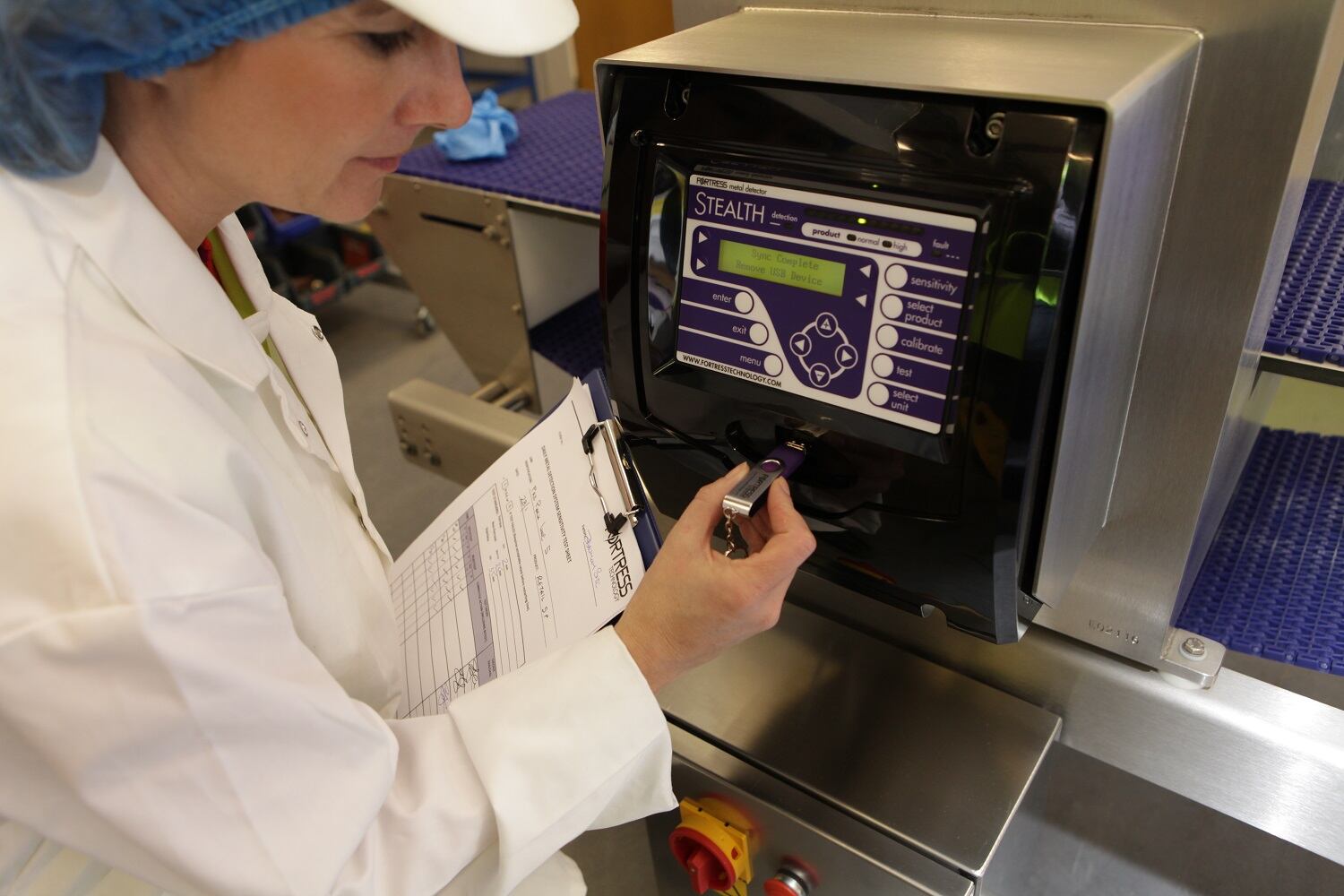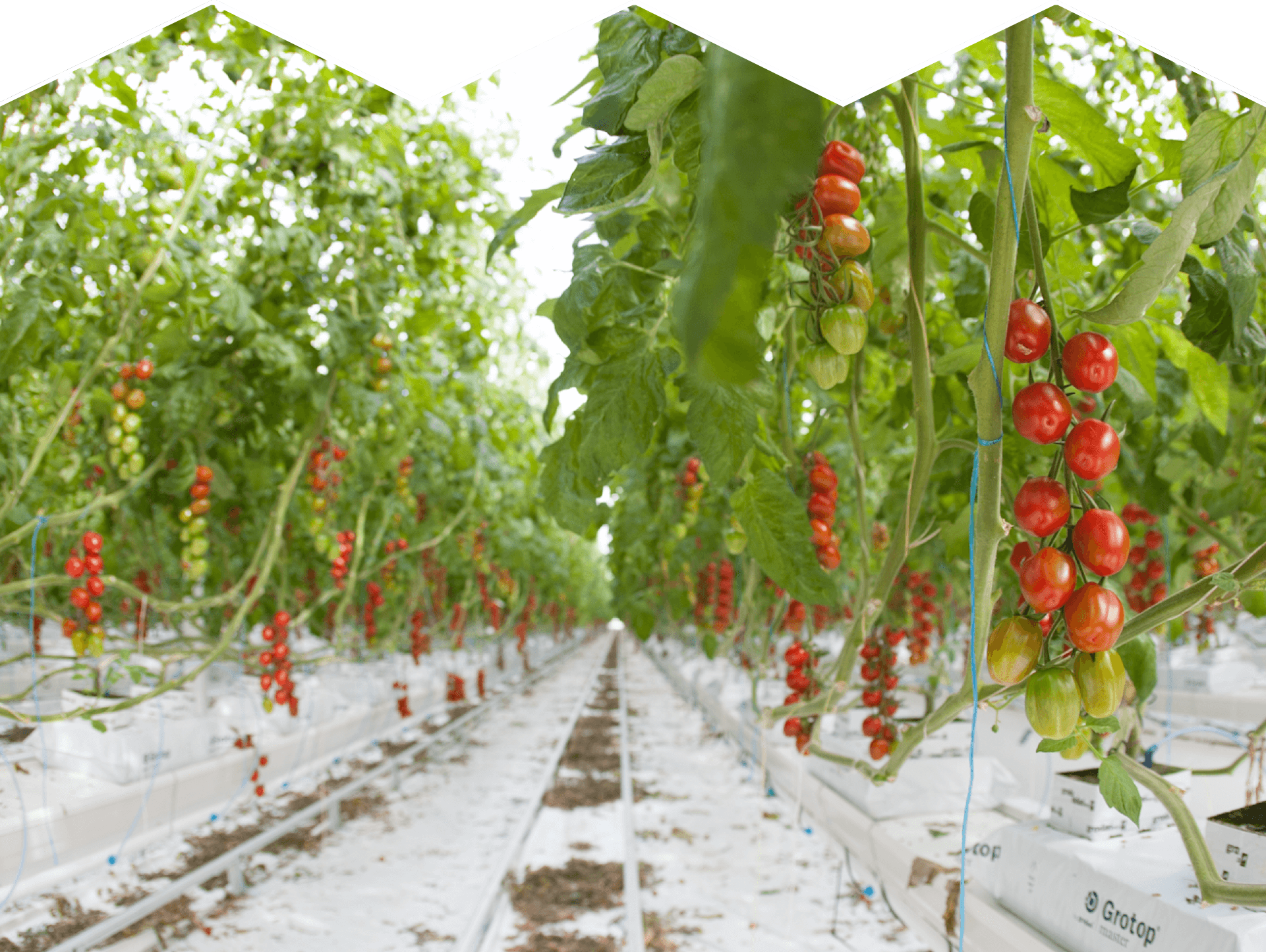Phil Lavin

It is a problem with holdups and delays in the food supply chain, which is really down to documentation, interpretation of documentation or lack of preparation for companies who are importing from Europe
The way the problem can be resolved is to have automation through customs processing. In the UK the Customs Declaration Service (CDS) was introduced in August 2018 to phase out Customs Handling of Import and Export Freight (CHIEF) system.
This reporting system is used to process declarations for goods entering and leaving the UK or EU through ports and airports, with complete customs information submitted electronically.
Most importers will use a 3PL (Freight Forwarder), probably about 90 per cent of importers. But from an automation point of view, there’s a lot companies can do to make sure their supply chains run smoothly, one is to consider accreditation for Authorised Economic Operator (AEO).
This is a process accredited by HMRC, which has validated data about the customer and its suppliers. Managed with a visibility platform it provides HMRC with a means of expediting border controls and creates a level confidence for the security and integrity of the inbound supply chain.
A further development is the government’s plan for 10 Freeports spread through Scotland, NI, Wales and England. These could be standalone or a division of selected 3PLs who have the technical know-how for adapting digital logistics.
Considered opinion is to improve transit to a level of seamless transactions and to make supply chains smarter. This can be achieved by using and analysing all the data, sales, forecasting, planning, production, relating to the business and ergo the supply chain, in other words, embracing digitalisation.
More and more companies are seeing the value as they are already in possession of the data in some form or another. Most existing processes are reactive throughout the food supply chain. The key is to be proactive, you need to have a predictive analysis of the supply chain, looking at past data of problems and wins is a sure way of knowing the most effective process applicable.
Creating a digital supply chain gives you a competitive advantage. Predictive analysis using the data can avoid previously unseen economic and geographic obstacles. Planning with AI can enable companies to have visibility using a digital twin to ensure that supplies, deliveries and processes work in harmony.
This is where a smart supply chain comes in, having predictive analysis with AI gives you noticeably clear visibility of the entire supply chain. Software processes are a great way to achieve this. Something like a simple GPS tracker can do wonders in tracking individual cargo in containers and trailers, embracing digitalisation offers so much more.
A smart supply chain can also have a significant impact on EBIT. Taking costs out of the supply chain increases value on the balance sheet.
Future investments are driven so much by the adoption of digitalisation, a company that invests in digitalisation stands in good stead for attracting quality investors. We have seen companies employing digitalisation directors to overhaul how they interpret and farm their data. This demonstrates the recognition of how powerful the existing data is in effectively making the supply chain, stronger, flexible and resilient.
Keith Thornhill

The cliff-edge problem cannot be looked at in isolation. Although labour availability and costs have been an increasing issue, simply automating factories is not the complete solution. If you don’t have the ingredients to make your product or the finished product can’t be exported, then this will create delays and shortages.
Connecting verified data throughout the entire supply chain to track and trace ingredients and finished products will speed up customs clearance and guarantee products are what they say they are. It is envisaged that blockchain would give the necessary trusted traceability to confirm product specifications ahead of arrival.
It is as important to know where the raw ingredient was sourced as to know how the product reaches its final destination. If you can track and trace all of that, that will speed the whole process up. The Feed UK consortium is looking specifically into this and with government funding will start to tackle what is obviously a mammoth task.
Verifying the source of products like wheat, meat or indeed any food and relying on a paper-based system is quite challenging. In the past we have had cases where what we were eating wasn’t what we thought we were.
The systems in place today have had cases of counterfeiting and other disingenuous activities where the systems have been circumnavigated. In an open loop manual process of checking, it is clear to see why there will be some Customs delays and future incidents.
The answer to all this is to digitalise and that's where blockchain starts to come in, where every part of the food journey can be verified. Knowing it's the one source of truth if the database confirms its origin, and supplier credentials.
The way this all comes together is data, analysing that data with digital tools at every level and ensuring the supply chain is as foolproof as possible. Importers of raw ingredients from across borders can better manage their resources if they have access to data and can give better decision-making criteria on selecting new ethical global and local suppliers for example.
It is not just the automation of a plant or factory, it’s the enhancement of digitalisation using artificial intelligence, blockchain and data analytics that will drive process efficiency and help us out of the situation.
Digitalisation of our supply chains and using the data effectively can alleviate some of the problems associated with the cliff-edge Brexit





